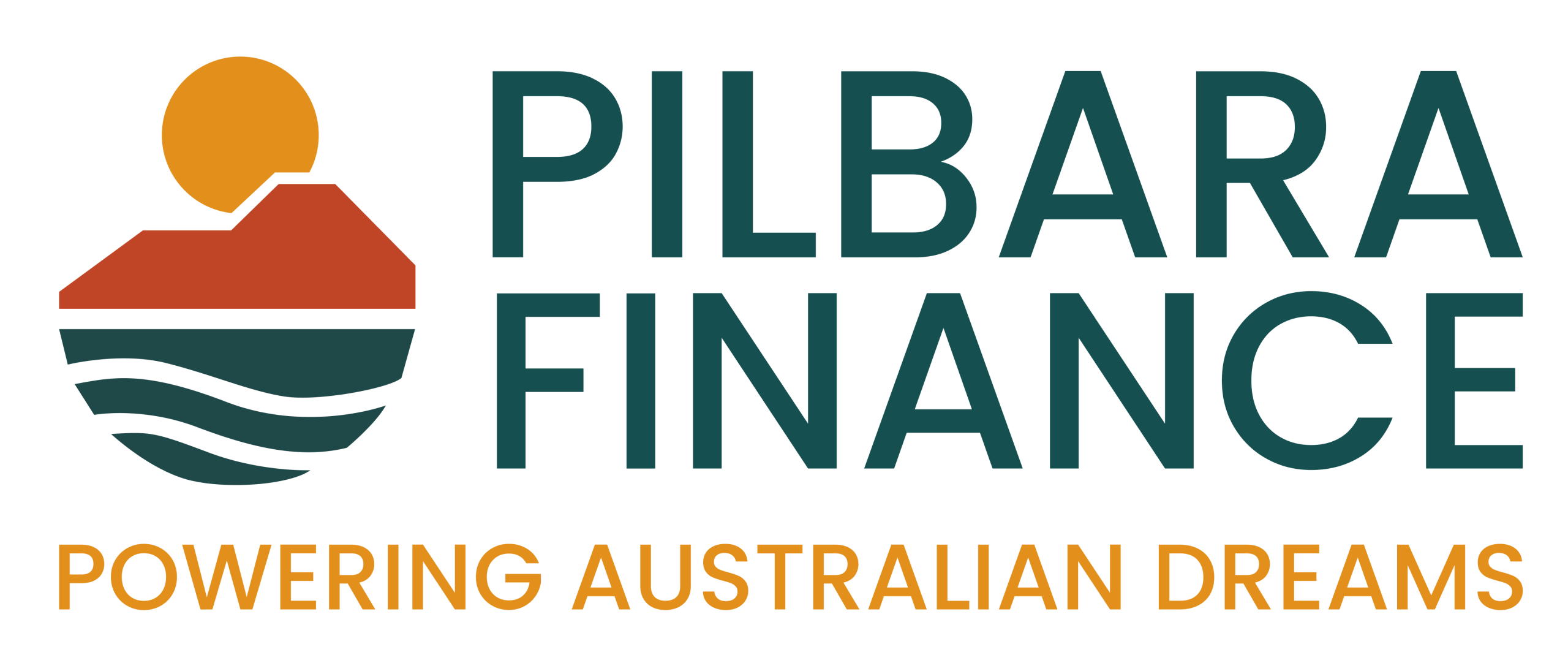Australians are becoming increasingly proactive about their retirement, with more turning to self-managed super funds (SMSFs) to take control of their investments. Among the most popular — and controversial — SMSF strategies is buying property through super.
It’s a move that can pay off — if done correctly. But it’s also fraught with complexity, strict compliance rules, and long-term implications. Whether you’re a seasoned investor or just exploring your options, this guide will walk you through everything you need to know in 2025 about using your SMSF to buy property — from the benefits and pitfalls to loan structures and lender requirements.
What Is an SMSF?
A self-managed super fund (SMSF) is a private super fund you manage yourself, typically with up to six members. SMSFs allow greater control over investment decisions, including direct investment in property, shares, cash, and other assets.
Unlike traditional superannuation funds managed by retail or industry super providers, SMSF trustees are responsible for complying with Australian Tax Office (ATO) regulations and ensuring the fund operates solely to provide retirement benefits.
Can You Buy Property with Your SMSF?
Yes — but there are rules.
An SMSF can purchase either residential or commercial property, provided it complies with the sole purpose test — meaning the property must solely provide retirement benefits to fund members.
There are two main ways to buy property in your SMSF:
- Outright Purchase – using available superannuation funds only
- Borrowing (Limited Recourse Borrowing Arrangement or LRBA) – where the SMSF takes out a loan to assist with the purchase
In either case, strict regulations apply — particularly if you’re borrowing.
SMSF Borrowing Rules in 2025
If you don’t have enough cash in your super fund to buy a property outright, your SMSF may be able to borrow money using a Limited Recourse Borrowing Arrangement (LRBA).
Key LRBA Requirements:
- Separate Holding Trust: The property must be held in a separate bare trust on behalf of the SMSF trustee until the loan is repaid.
- Single Acquirable Asset: The loan must be used to purchase a single asset (e.g., one property) or a collection of identical assets with the same market value.
- Limited Recourse: The lender can only claim against the specific asset purchased — not the entire SMSF.
- Strict Usage Rules: If it’s a residential property, you or related parties cannot live in it or rent it. Commercial properties may be leased to related parties at market rates.
Residential vs Commercial Property
Residential Property:
- Must not be lived in or rented by a member or related party
- Must be purchased at arm’s length (i.e., market value, from an unrelated party)
- Popular with long-term investors seeking capital growth
Commercial Property:
- Can be leased to a member’s business (at market rent)
- Often used by small business owners to purchase business premises
- Offers tax efficiency when structured correctly
What Are the Benefits of Buying Property with an SMSF?
When used properly, SMSF property investment offers several advantages:
Tax Efficiency
- Rental income is taxed at 15% within the SMSF
- Capital gains on property held for more than 12 months are taxed at 10%
- After age 60 and in pension phase, income and capital gains may be tax-free
Leverage
With an LRBA, your fund can use borrowed money to increase your purchasing power — giving you access to larger assets than you could afford with super alone.
Asset Control
You choose the property, the structure, and the strategy. Unlike traditional super funds, SMSFs give you full control over your investment approach.
Business Flexibility
Commercial properties purchased through SMSFs can be leased to your own business, allowing you to effectively pay rent to your own retirement fund.
The Risks and Downsides
SMSF property investment isn’t for everyone. It comes with risks and responsibilities:
High Setup and Ongoing Costs
Legal, accounting, auditing, and lender costs can add up quickly. LRBA loan rates are typically higher than standard mortgages.
Reduced Liquidity
Property ties up a large portion of your SMSF balance in a single asset. This may reduce diversification and make it harder to pay member benefits (e.g., pensions).
Strict Compliance Obligations
SMSFs are heavily regulated. A single misstep — like renting to a relative — can trigger severe penalties, including losing your fund’s tax concessions.
Limited Lender Options
Not all lenders offer SMSF loans, and those that do typically have stricter lending criteria and higher fees. Expect to provide detailed documentation and financials.
SMSF Property Lending in 2025: What’s Changed?
The SMSF lending landscape in Australia has changed over the past few years. In 2025:
- Major banks remain largely absent from the SMSF lending space
- Specialist lenders and second-tier banks dominate the market
- Interest rates for SMSF loans are generally higher (6.5%–7.5%) than for standard residential loans
- Loan-to-Value Ratios (LVRs) are capped at 70–80% for residential, and around 65–75% for commercial property
- Most lenders require minimum SMSF balances of $150,000–$250,000 post-settlement
What You’ll Need to Apply for an SMSF Property Loan
Each lender has different requirements, but you’ll generally need:
- SMSF Trust Deed (must allow borrowing and property investment)
- Custodian (bare) trust deed
- Financial statements and SMSF tax returns
- Evidence of SMSF contributions and liquidity
- 12 months of bank statements
- Lease agreements (for commercial property)
- Contract of sale and property valuation
- Loan serviceability assessment
Common SMSF Property Mistakes (and How to Avoid Them)
Renting to a Related Party
Even if it’s vacant or struggling, you cannot lease a residential SMSF property to yourself, a family member, or any related party.
Buying the Wrong Type of Property
Your SMSF must purchase a single asset or a collection of identical assets. You can’t use LRBAs to renovate or develop property while under loan.
Poor Documentation
Failure to set up the correct bare trust or to maintain accurate records can lead to legal and tax complications.
Failing the Sole Purpose Test
If the ATO determines that the property isn’t being used solely for retirement benefits, your fund risks losing its concessional tax treatment.
How Pilbara Finance Supports SMSF Property Investors
At Pilbara Finance, we understand that SMSF property investment is a complex area — and one where expert guidance makes all the difference. That’s why we:
- Partner with SMSF-savvy lenders who understand the unique requirements of these loans
- Work closely with your accountant or financial adviser to ensure the structure is compliant
- Help you assess borrowing capacity within your super
- Manage the application end-to-end, including liaising with lawyers, custodians, and lenders
- Support commercial property acquisition strategies, including business premises purchases
Whether you’re a business owner looking to buy your premises or an investor exploring residential SMSF property, our team is here to guide you through every step.
Real Example: Buying a Warehouse Through Super
Client: Rob, 49, manufacturing business owner in Victoria
SMSF Balance: $380,000
Property: $600,000 commercial warehouse
Loan: $360,000 via LRBA at 6.8%
Rent: $45,000/year paid from Rob’s business to SMSF at market rates
Outcome:
- Rob’s business now pays rent into his super
- Tax-deductible rent for the business
- Rental income taxed at only 15% within SMSF
- Retirement strategy enhanced with capital growth potential
Final Thoughts
Buying property with your SMSF can be a powerful wealth-building tool — but only if it’s done by the book. The opportunities are real, but so are the risks. You need the right team, the right structure, and the right strategy.
Whether you’re exploring commercial property, dreaming of owning an investment home through super, or simply unsure where to start — we’re here to help.
Speak With an SMSF Mortgage Broker Today
Pilbara Finance is proud to support Australians nationwide in their SMSF lending journey. Let’s explore your options, answer your questions, and make sure your next move is a smart one.
📞 Call us today at 08 9122 3929
📍 Mortgage Brokers across Australia
💻 Book a free SMSF lending consult using the form to the right.




